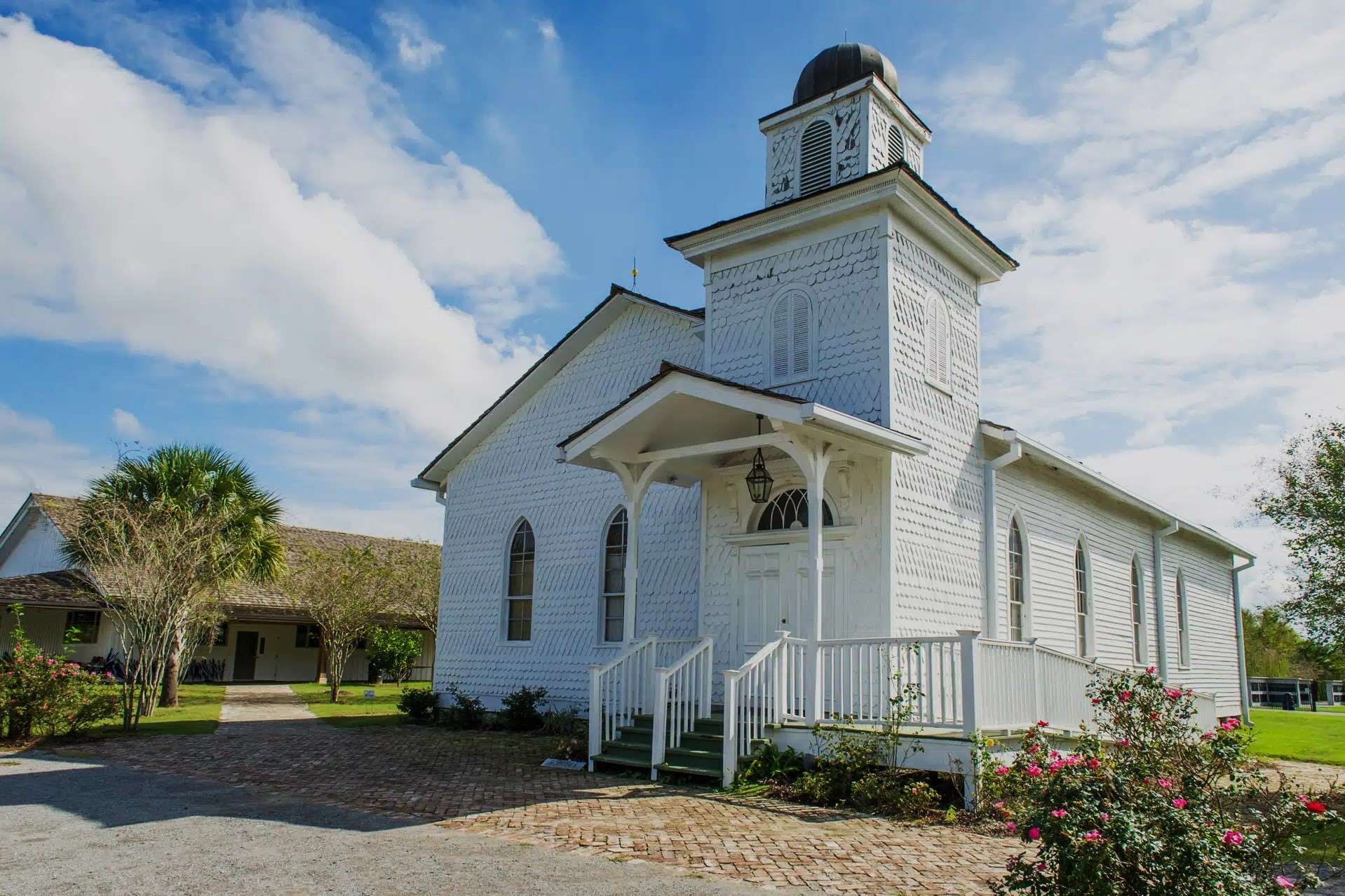Unveil The Rich History Of Edgard’s Whitney Plantation

Have you ever wondered about the deep history of Louisiana's plantations? Whitney Plantation in Edgard offers a unique glimpse into the lives of enslaved people who lived and worked there. Unlike other plantations that focus on the grandeur of the past, Whitney Plantation tells the stories of those who were often forgotten. Walking through its grounds, you’ll see memorials, restored buildings, and exhibits that bring history to life. This place isn't just a tourist spot; it’s a powerful reminder of a painful chapter in American history. Ready to learn more about this important site? Let's dive into its rich past.
Discover the Heart of Whitney Plantation
Whitney Plantation, located in Edgard, Louisiana, offers a profound glimpse into the lives of enslaved people. This historic site stands as a testament to their resilience and struggles. Here are some key places within the plantation that you shouldn't miss.
The Big House
The Big House, or the main residence, is a striking example of Creole architecture. It provides insight into the lives of the plantation owners and the stark contrast to the lives of the enslaved people.
- The Parlor: This room showcases the opulence enjoyed by the plantation owners, with its elegant furnishings and decor.
- The Dining Room: A grand space where lavish meals were served, highlighting the disparity between the owners and the enslaved.
- The Bedrooms: These rooms offer a glimpse into the personal lives of the plantation family, complete with period-appropriate furniture.
The Slave Cabins
The Slave Cabins are a poignant reminder of the harsh living conditions endured by the enslaved people. These humble structures tell stories of resilience and community.
- The Field Hands' Cabin: This cabin housed those who worked the fields, often in overcrowded and unsanitary conditions.
- The Domestic Workers' Cabin: Slightly better than the field hands' cabins, these housed those who worked inside the Big House.
- The Children's Cabin: A small, cramped space where enslaved children lived, often separated from their parents.
The Antioch Baptist Church
The Antioch Baptist Church, originally built by freed slaves, serves as a powerful symbol of faith and community. It stands as a place of solace and hope amidst the harsh realities of plantation life.
- The Pews: Simple wooden benches where the congregation gathered, reflecting the humble beginnings of the church.
- The Pulpit: A focal point for sermons and community gatherings, symbolizing leadership and unity.
- The Bell Tower: Once used to call the community to worship, it now stands as a reminder of the enduring spirit of the enslaved people.
The Memorials
Whitney Plantation is home to several memorials dedicated to the memory of the enslaved people who lived and died there. These memorials ensure that their stories are never forgotten.
- The Wall of Honor: Engraved with the names of enslaved individuals, this wall serves as a powerful tribute to their lives.
- The Field of Angels: A memorial dedicated to the children who died in slavery, marked by statues and plaques.
- The Allées Gwendolyn Midlo Hall: Named after the historian who documented the lives of Louisiana's enslaved people, this area honors her work and the people she wrote about.
The Museum Exhibits
The museum at Whitney Plantation offers a deeper understanding of the history and legacy of slavery in the United States. Through various exhibits, visitors can learn about the daily lives, struggles, and resilience of the enslaved people.
- The Slave Narratives: First-hand accounts from former slaves, providing a personal perspective on their experiences.
- The Artifacts: Items used by the enslaved people, such as tools, clothing, and personal belongings, offering a tangible connection to their lives.
- The Interactive Displays: Engaging exhibits that allow visitors to explore the history of slavery through multimedia presentations and hands-on activities.
Discovering Whitney Plantation's Legacy
Whitney Plantation offers a profound look into America's past. Visiting this site provides a unique opportunity to understand the lives of enslaved people. The memorials, restored buildings, and detailed exhibits paint a vivid picture of the struggles and resilience of those who lived here. Walking through the plantation, you can almost hear the echoes of history. It's a place that encourages reflection and learning. Whether you're a history buff or just curious, Whitney Plantation is a must-see. It’s not just about the past; it’s about understanding the present and shaping a better future. So, next time you're in Edgard, make sure to stop by. You’ll leave with a deeper appreciation for the stories that shaped our world. Whitney Plantation isn't just a visit; it's an experience that stays with you.

